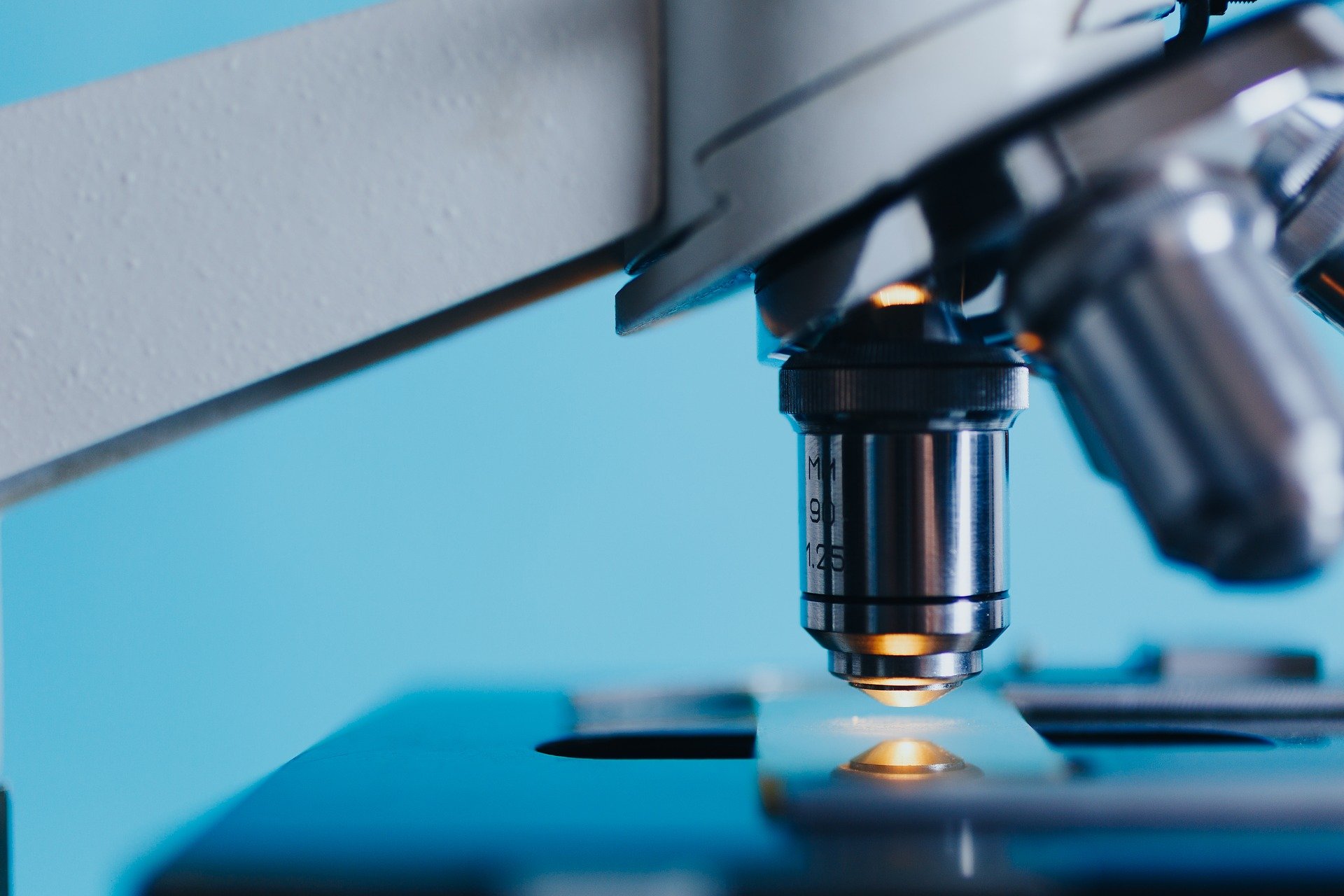Medical Treatment against hair loss
Sometimes surgical hair restoration is not the ideal therapy for the patient. First of all a clarification about the cause of hair loss should be performed, to analyze if the hair loss is due to hormonal causes or other illnesses.
In many cases the early hair loss represents a huge problem for young patients, as it can have negative influence in the social and working environment. Often the self-esteem of the patient suffers from such a early hair loss. In most cases genetic factors are the reason for the hair loss in male patients.
Therefore it is very important to evaluate if it is the right time to undergo a hair transplantation, which should not be done in very early age. We will analyze the actual hair loss and will develop a prognostic development of your hair loss. We will identify all different methods and sometimes will have to present some alternatives to hair surgery.
Medical treatment of hair loss
A medical treatment might be an option for some patients with hair loss. Products like Finasteride ( Propecia ) or Minoxidil ( Rogaine ) can support the hair growth. Minoxidil will be locally applied. Finasteride is taken as a tablet. The medication should only be taken after intensive evaluation. A medical therapy can often delay the hair loss. In this case a later hair transplantation is still possible.
Propecia is prescribed in cases of androgenetic hair loss. It interacts in the hormonal metabolism of the sexual hormone testosterone into dihydrotestosterone (DHT). Propecia effects the decline of DHT in the scalp and in the blood. Propecia is only used in men.
Especially men with light hair loss may profit from the therapy with Propecia. The therapy has to be effectuated for one year (1x1 Tablet per day) to see results. Side effects may appear in rare cases. Dr. Rosenthal will give you all the necessary information.
Rogaine is applied locally on the scalp (twice a day). With the application the blood circulation of the scalp improves. The application has to be on a regular basis (twice a day) for a longer period of time. The first results are usually seen after 12-24 months.
